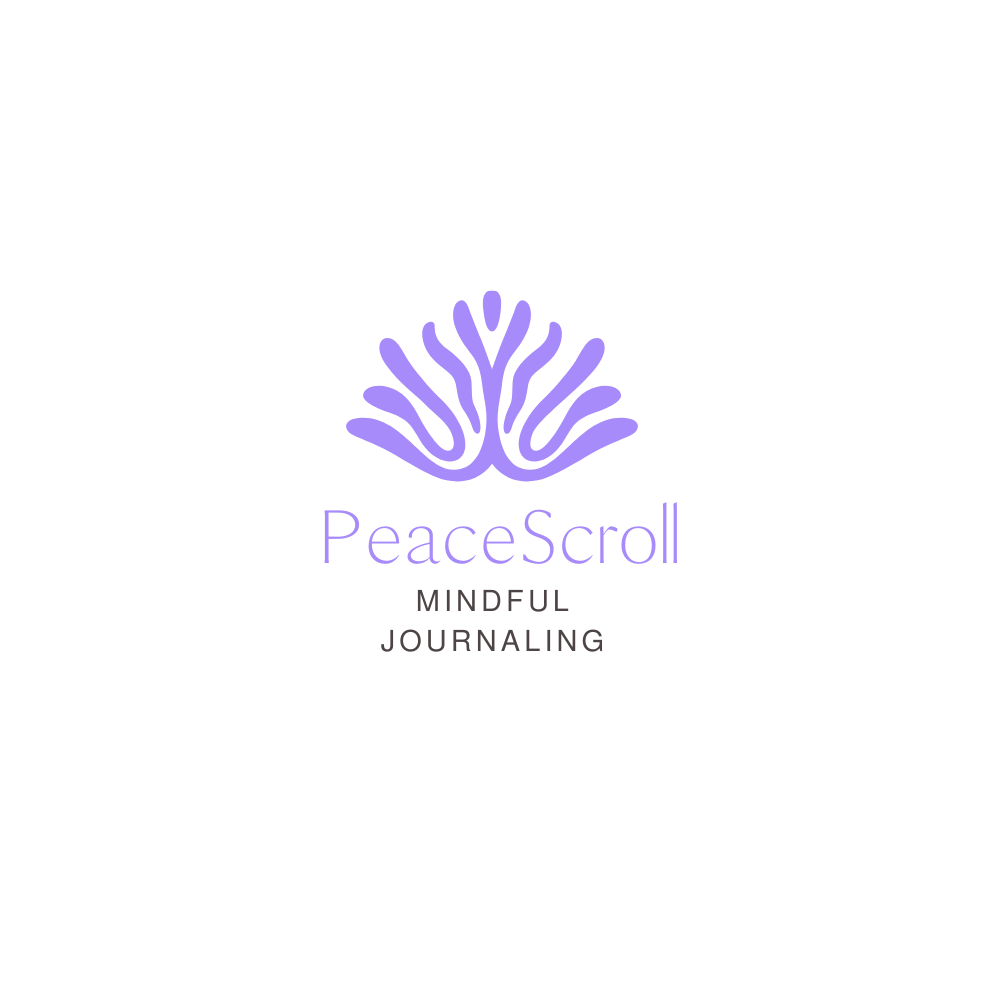Narrative rest is the quiet permission to let your story be. It is a soft pause in the endless chronicle of the mind—a rebellion against the need to have it all figured out. We are natural storytellers, weaving the day’s threads into tales of what was, what could be, and what it all means. Yet, even the most devoted storyteller needs a moment of stillness, a space where the story can exist without the weight of judgment.
This practice of narrative rest is not about forcing silence, but about offering a gentle landing place for your thoughts. It is a moment to feel, not to fix. It is an invitation to become the quiet, compassionate observer of your own life, even if just for a single breath.
A Gentle Prompt for Stillness
The simple act of writing is a powerful tool for finding emotional clarity, and this practice is designed to be exceptionally gentle. Find your quiet space. Let your shoulders soften. As you hold your pen, you are not here to write a masterpiece or find a solution. You are here to offer a moment of peace to your inner narrator. This simple question is an invitation to narrative rest:
What one story are you holding today, without needing to change it?
Allow whatever story rises to meet the page. It may be a small moment from your morning, a lingering worry, or a feeling from a conversation. Name it softly on the page, like placing a pebble by a still lake. Let it exist, just as it is.
A Soft Reflection

Now, look at the story you’ve named. Continue to hold it gently in your awareness. Without analyzing its meaning, ask your intuition this follow-up question:
As you hold this story, where does it live in your body?
Is it a weight in your shoulders? A warmth in your chest? A hollow space? There is no need for words here, only a soft noticing. This connects the mind’s story to the body’s truth, grounding you in the present moment.
A Closing Breath
Close your journal. Place a hand on your heart, feeling its steady rhythm beneath your palm.
Breathe in, acknowledging the story. Breathe out, letting it be.
You have given it space. You have practiced narrative rest. Now, you may move on.
